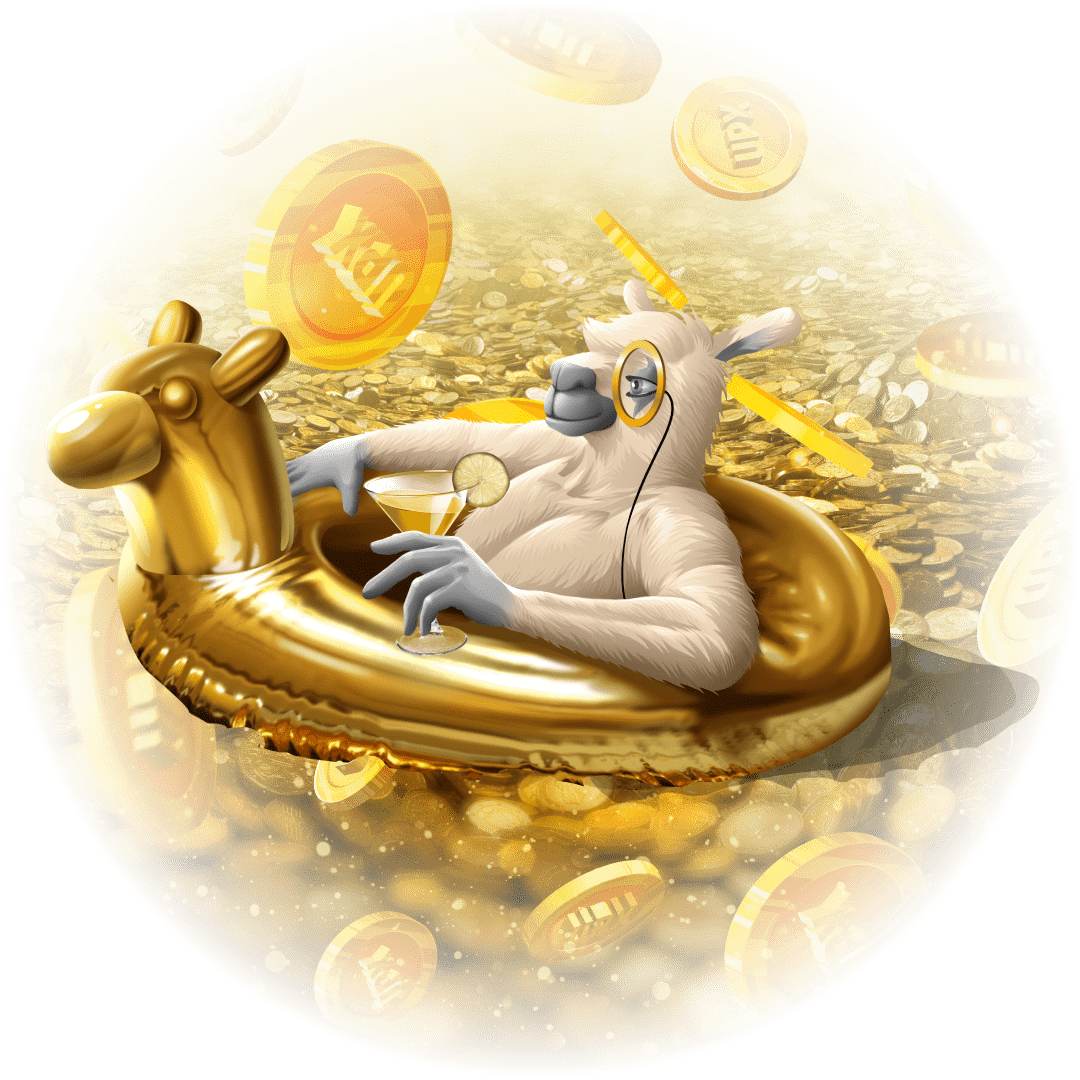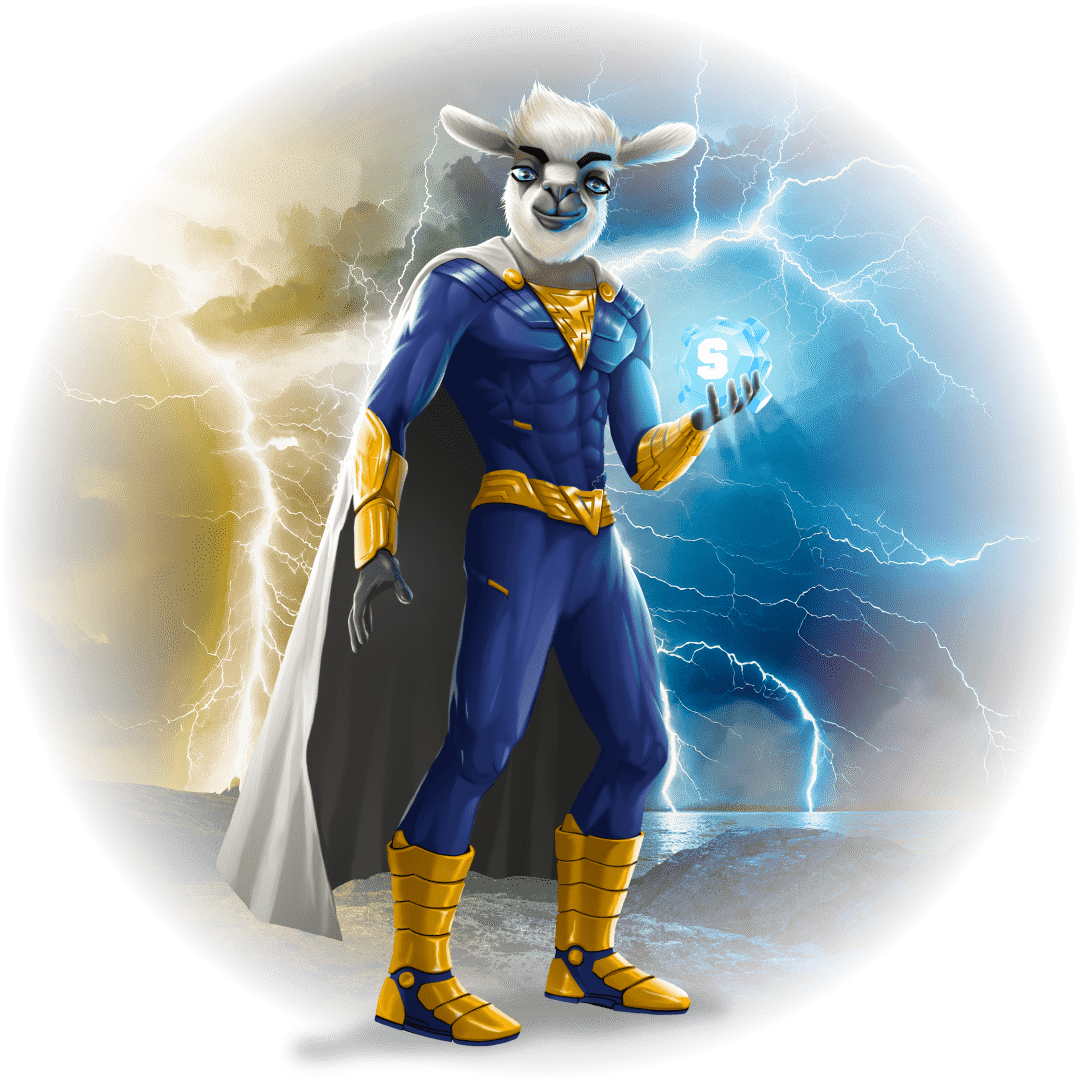
Build the largest digital open economy
Upland’s Mission
In a nutshell: Upland’s economic system works in its foundation like an open real-world economy of a country with the difference that - because Upland is digital - some things are possible while others are not.
Foundation and Further Development
Inspired by the board game “Monopoly”, Upland started out and
continues to work as a property trading game based on the real world
and blockchain technology which ensures true ownership of virtual
properties, digital goods and assets. Players buy properties in one
of the open cities in Upland. Once they become owners, they start
earning UPX on these properties. Earnings can be increased by
completing collections of properties with the same characteristics
or through gamified earnings where users complete missions and tasks
to increase the UPX earning potential.
Today Upland goes
far beyond property trading: Players can build structures on their
properties, run and operate shops, race cars, hunt for treasures,
socialize in cafes, and participate in many other activities. It is
an economic system where players
- can buy, sell, and trade their digital goods (NFTs)
- earn income by creating value others are willing to pay for
- earn rewards by participating in competitions and events
- have ways to import and export selected assets from and to partner apps (“layer2 applications”) and platforms
- liquidate assets into US$ by selling them on the Upland marketplace to other players
Upland’s main objective is to create a stable economy where
the “invisible hand” of markets defines the movement of prices and
the flow of trade. The dynamic supply and demand of digital goods in
combination with incentives and self-interest of individual actors
eventually impact Upland’s GDP and economic growth. Like any other
economic system, Upland continues to evolve and potential features
are implemented over time as they are being planned, developed and
tested for incentivation to stimulate positive economic activity and
to avoid potential threats to the stability of the overall economy.
Progressive Decentralization
As a working principle, Upland, the operator, applies a gradual
transition of its control to the community. Over time, some of the
decentralization decisions will be directly integrated into the
technology platform while some others might be delegated to
community representatives or independent foundations over time.
This
approach allows for a balance between the benefits of
decentralization, such as distributed fairness, transparency, and
security, and the need for agility and user-friendly experiences via
centralized efforts. For example, to advance decentralization,
Upland facilitates active participation by the community through
governance mechanisms and decision-making frameworks via so-called
home addresses that serve as a base for voting rights. Important
decisions in the past have touched economic topics such as the vote
to approve or disapprove the
Sparklet White Paper.
in-app tokens
The Upland economy is powered by multiple fungible tokens that provide different utility to the players inside of Upland.
UPX
UPX is Upland’s core medium of exchange to facilitate transactions to purchase virtual properties, digital goods and assets. UPX is denominated at US$ 1 for UPX 1,000, a fixed exchange rate at which players can buy it in return for fiat via credit card, PayPal and in-app purchases or selected cryptocurrencies. UPX is not tradable on external exchanges and within Upland. Upland the operator, does not buy UPX back from players. However, depending on the agreement, Upland buys UPX back from some brand and development partners who meet certain requirements and under certain terms. UPX has a theoretically infinite supply and is minted as needed.

Spark/LET
Spark is Upland's utility token for the creation and
powering of non-living objects including buildings, map assets,
vehicles, and NFTs designed for immersive indoor display such as
wearables, furniture, and FIFA World Cup goal video spotlights.
Spark can be either staked, i.e. allocated to a task for the
duration that it takes to complete. Or, in the near future,
Spark can also be spent, i.e. used to achieve an outcome,
depending on the use case such as producing certain digital
goods like “Legits”.
Sparklet is Upland’s externally
tradable token that can be bridged to its counterpart, the
in-platform token Spark. Spark fuels all value creation within
Upland, serving as the resource for world-building, UGC assets,
and layer2 game and experience development. It is not tradable
within the Upland platform but can be bridged to Sparklet when
specific requirements are met.

Stem
Stem will support life in Upland but hasn’t launched yet.
To test the mechanics of Stem, in 2023 Upland introduced
“Protems” that support the Totem gamified collection. More
information about Totems can be found
here. Protem will be utilized until the full release of Stem and
Life. It will be redeemable 1:1 with Stem upon its future
launch.

Stability and growth
Upland, the operator, uses a set of methods and interventions to protect the stability and sustain the growth of Upland’s economy. They (not a complete list) shall incentivize certain behaviour by the different actors, close or remedy potential loopholes, shield the internal economy from external effects, correct imbalances between subsidies in form of earnings for virtual property ownership, rewards, spending behaviour and insufficient velocity in the exchange of value. Monetary instruments include for example the modification of the structure and size of earnings for properties, collection and other rewards.